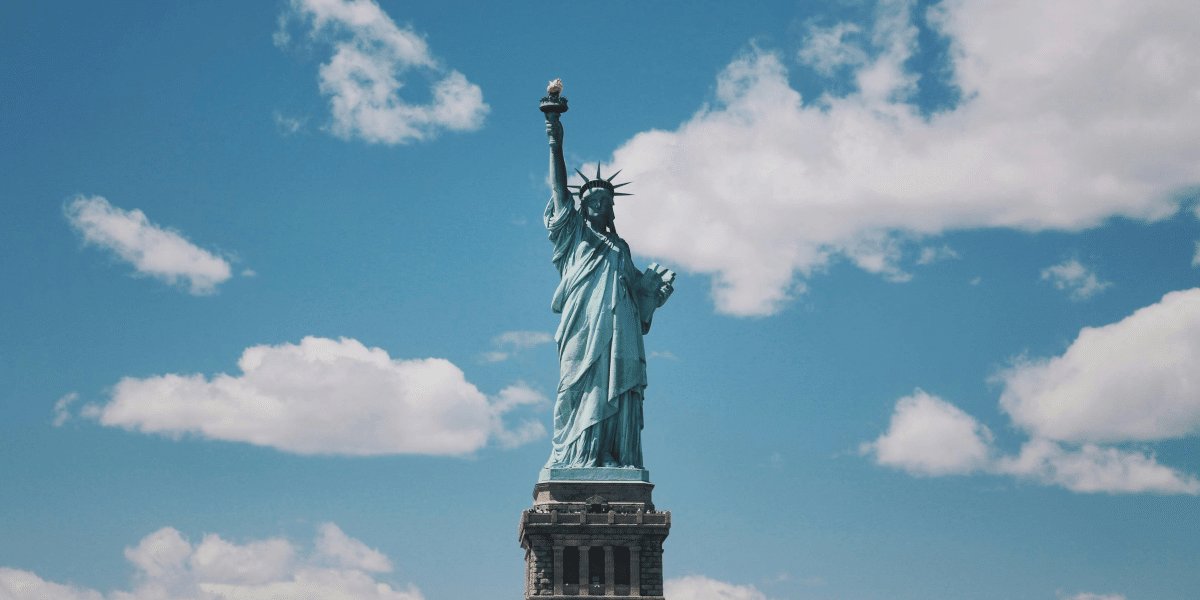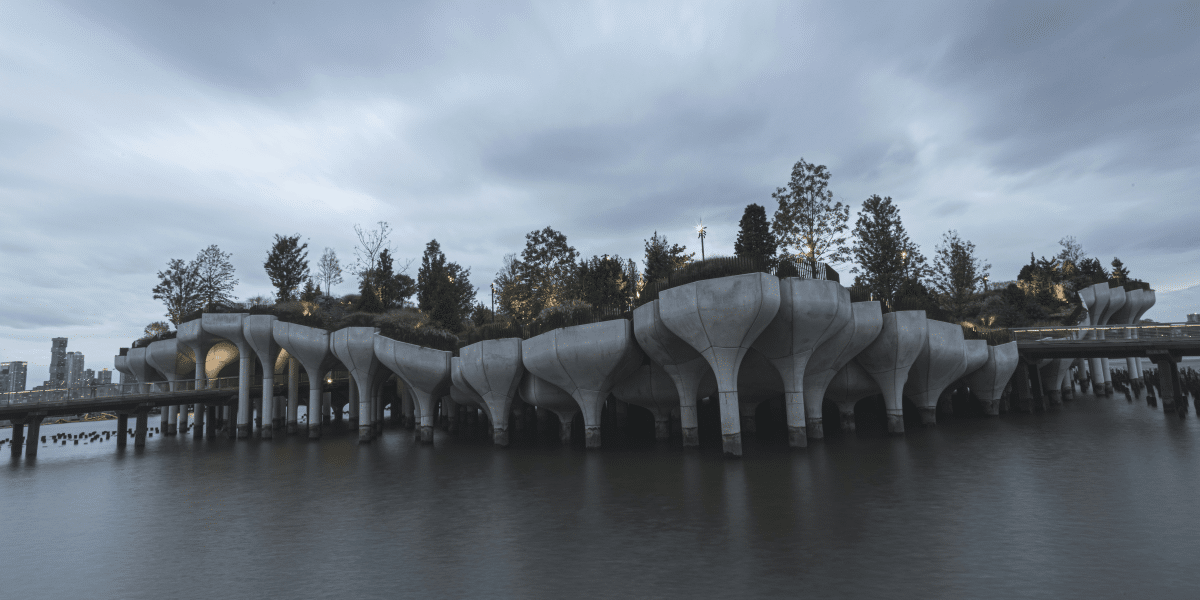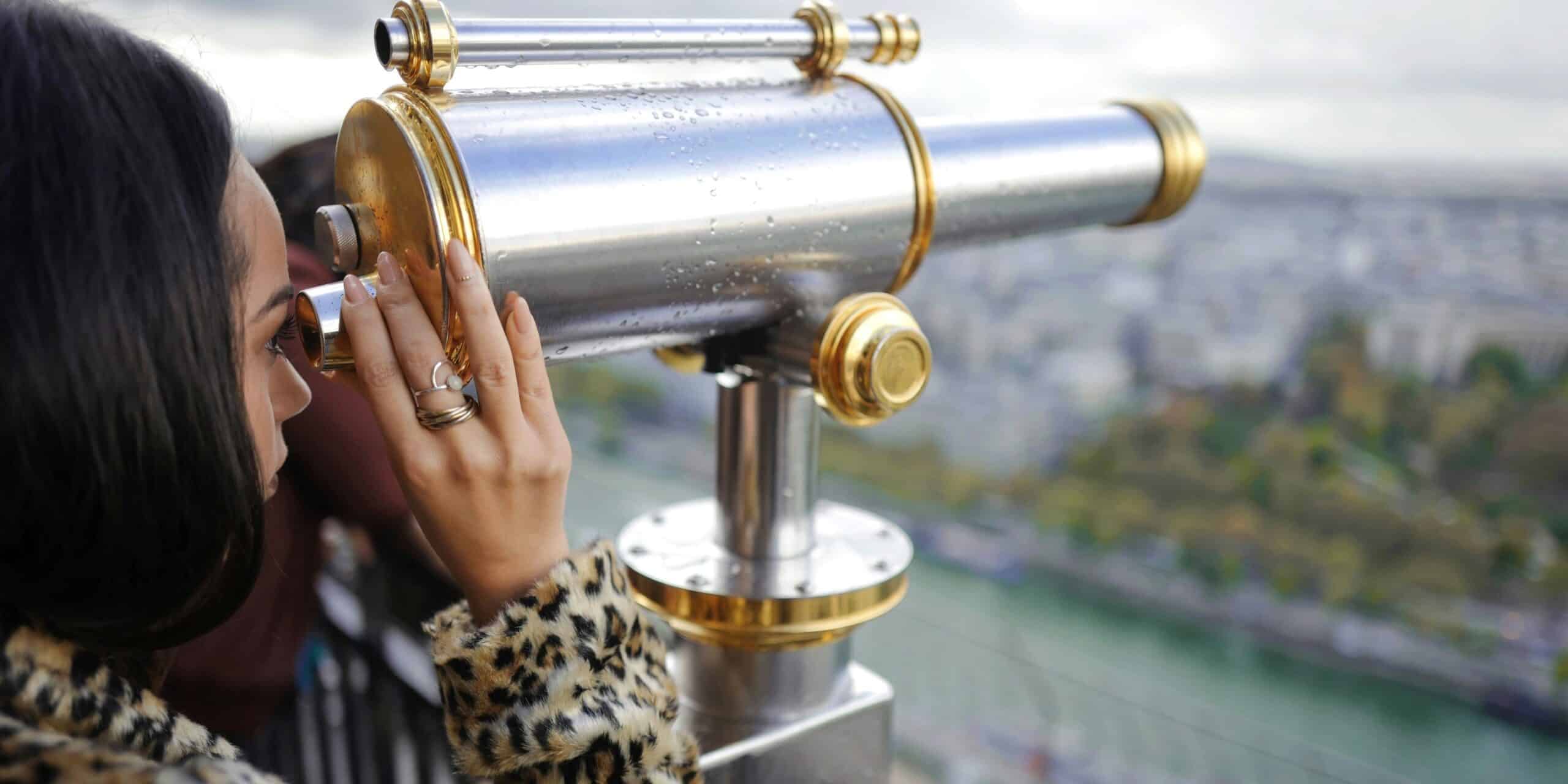The Resurgence of African-American Culture
The Harlem Renaissance, a pivotal cultural and artistic movement that emerged in the 1920s, marked a significant chapter in American history. This period saw a flourishing of African-American creativity, particularly in the Harlem neighborhood of New York City.
A Beacon of Artistic Expression
At the heart of the Harlem Renaissance was a profound desire for artistic expression and cultural identity. African-American artists, writers, musicians, and intellectuals sought to break free from the societal constraints of racism and discrimination, using their talents to redefine the narrative.
The movement became a beacon of hope, illuminating the richness of African-American culture and challenging prevailing stereotypes. The desire for a more equitable and inclusive society was embedded in the brush strokes of painters, the verses of poets, and the rhythms of jazz.
Pioneering Literary Voices
The literary scene during the Harlem Renaissance was characterized by a surge of remarkable works that depicted the African-American experience with authenticity and depth. Writers like Langston Hughes and Zora Neale Hurston crafted narratives that resonated with the nuances of life, offering a vivid portrayal of the challenges and triumphs faced by the black community.
The Jazz Age: A Sonic Revolution
Harlem became the epicenter of a musical revolution during the Renaissance, giving birth to the Jazz Age. Legendary figures like Duke Ellington and Louis Armstrong transformed the cultural landscape, introducing a new genre that echoed the vibrancy and complexity of African-American life. The syncopated rhythms and improvisational nature of jazz symbolized the spirit of the era.
Artistic Expression as Social Commentary
Artists during the Harlem Renaissance used their creations not only as a form of expression but also as a powerful tool for social commentary. Painters such as Aaron Douglas and Archibald Motley depicted scenes of everyday life, highlighting the resilience and strength of the African-American community.
Challenges and Triumphs
Despite the artistic achievements, the Harlem Renaissance occurred in the midst of ongoing racial tensions and systemic inequalities. The movement served as both a testament to the creative prowess of African-Americans and a call to action for societal change.
Legacy and Impact
The Harlem Renaissance left an indelible mark on American culture, paving the way for future generations of artists and activists. Its legacy resonates in the ongoing quest for equality and justice, serving as a reminder of the transformative power of art and culture.
The Harlem Renaissance of the 1920s stands as a testament to the resilience and creativity of the African-American community. Through literature, music, and visual arts, this movement not only unveiled the richness of a culture but also became a catalyst for social change. As we reflect on this ever-evolving saga in American history, the Harlem Renaissance remains a source of inspiration and a crucial chapter in the ongoing quest for a more inclusive and equitable society.













